If you are an environmentalist interested in speed, you open the right page. Here you’ll read about the fastest animals in the world.
We consider ourselves the best living engineers, yet the truth is that nature is the king in this area, and we are nothing but a single poor and weak race in the vast world of the superiors. Consider speed as an idea. We try our best to copy (if only we can) nature and create a semi-efficient craft, yet our creature is always full of faults, and nature’s children are still faster. If you want to see some examples, continue reading this article of Tech Trends on the fastest animals on earth.
Fastest Animals in the World; Such a Speed!
Peregrine Falcon; 186 mph
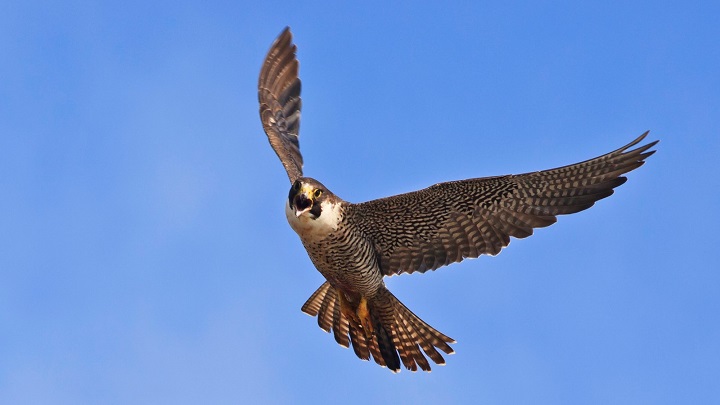
When it comes to jaw-dropping speed, birds are nature’s Olympians. The peregrine falcon is considered the king of the fastest sky animals in the world and also other realms of the earth, with a flight-diving speed of more than 185 miles per hour when hunting. Another super fast bird is the Golden Eagle, which dives at 150+ miles per hour. The white-throated needletail swift can achieve 105 miles per hour in horizontal flight, and the Eurasian hobby can get up to 100 miles per hour.
Mexican Free-Tailed Bat; 99.4 mph
The Mexican free-tailed bats are among the fastest sky animals in the world and roost in groups of more than 1 million individuals (sometimes up to 20 million) and spend their nights hunting moths and other nocturnal insects. The largest free-tailed bat roosts are believed to eat an estimated 250 tons of insects per night.
Mexican free-tailed bats use their impressive speed to scoop these bugs out of the air and to avoid predators like raccoons, cats, and owls. They have a lifespan of up to 18 years and are very small—only about 3.5 inches long! They weigh less than an ounce.
Rock Dove; 92.5 mph
The rock dove is also known as the common pigeon, but when it comes to the fastest sky animals in the world is not that much common. Yes, those pigeons—the same ones you might see on the streets around your home!
Rock doves live in groups of up to 500 individuals. They’re omnivorous and eat insects, spiders, plants, berries, and seeds. However, if you have rock doves near you, you may have noticed they aren’t particularly picky. They also eat discarded food from city streets or the garbage.
Horse Fly; 90 mph
Insect speeds can be challenging to measure accurately. However, it is known that the common horsefly can achieve speeds estimated at 90 miles per hour under certain circumstances, a speed gauged during a scientific experiment. Are you interested in the world’s fastest animals? Check this little guy.
Golden Eagle; 80 mph
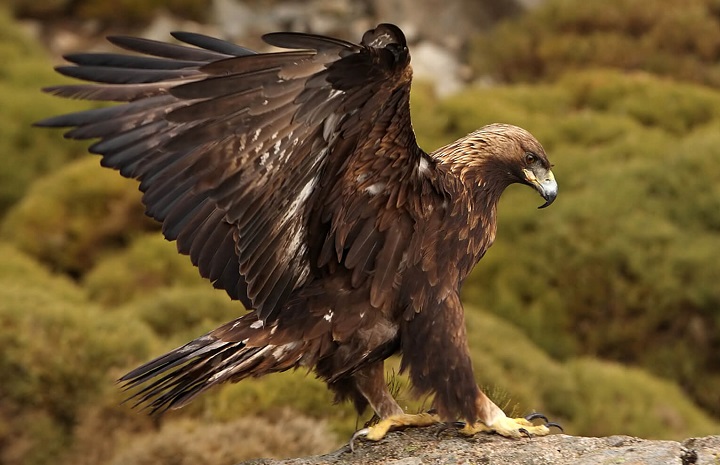
Golden eagles are comparable in size to the Bald Eagle, reaching a maximum of about 3 feet tall and weighing 6 to 14 pounds. They often take down prey the size of a fox or crane. Golden eagles are among the fastest animals in the world plunging from high perches to trap their prey in their sharp talons.
Golden eagles, like other eagles, have superb eyesight and heads that rotate 270 degrees to help them quickly identify their prey. However, they have poor night vision comparable to a human’s.
Black Marlin; 80 mph
Various fish can achieve impressive speeds when necessary, but gathering accurate, verifiable calculations has been challenging. According to some sources, the black marlin is the king of the fastest sea animals in the world, with an estimated top speed of up to 80 miles per hour. The sailfish is also a top contender, with an estimated top speed of at least 67 miles per hour.
Albatross; 79 mph
The albatross is a fascinating bird, one of the fastest sky animals in the world and has long been considered a sign of good luck for sailors. It has the longest wingspan of any bird and can also live for many decades and travel for years over the ocean without ever stopping on land.9 These birds can even sleep while flying. Their top speeds reach up to 79 mph. They are carnivores and use their excellent sense of smell to hunt for krill and squid.
Cheetah; 70 mph
The cheetah is the top one when it comes to the fastest land animals in the world, capable of going from 0 to 60 miles per hour in less than three seconds. However, it can maintain such speeds only for short distances. Lions are also quite fast when hunting prey, with a top speed of about 50 miles per hour. However, the common prey of African big cats can also be pretty speedy. The springbok, for example, can reach 55 miles per hour when pursued, and the blue wildebeest has been clocked at 50 miles per hour.
White-Throated Needletail Swift; 69.3 mph
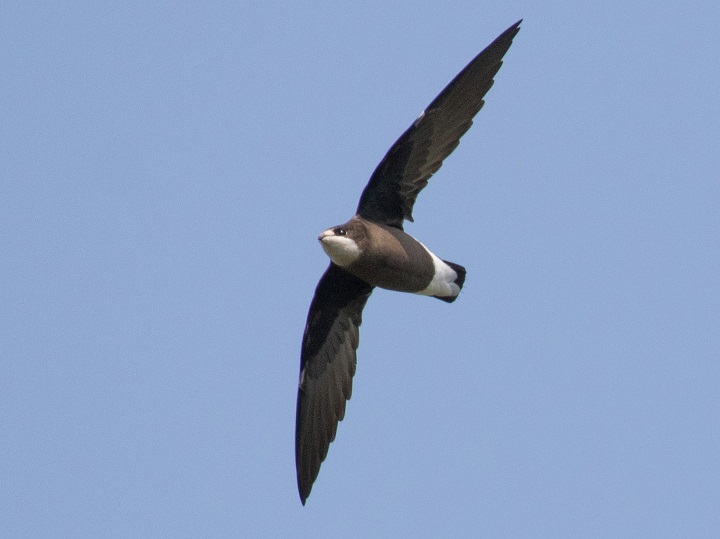
White-throated needletail swifts are also among the fastest animals in the world. They swoop through the air to catch the insects that make up their preferred diet. Their long, curved wings and bullet-shaped bodies are designed to help them achieve high speeds.
These birds build their nests in crevices between rocks or in the hollowed-out trunks of trees. They are migratory birds that breed in Central Asia and winter in Southeast Asia, the Indian subcontinent, and Australia.
Sailfish; 68 mph
Sailfish is one of the world’s fastest animals. They’re also speedy growers and can reach up to 5 feet long in their first year of life. They are recognizable by the tall, colorful fin that protrudes from their back and pierces the water’s surface. Sailfish typically keep these sails folded when they’re swimming, allowing them to move through the water faster.
Swordfish; 62 mph
In some nations, large, highly migratory predatory fish with a long, flat, pointed bill, swordfish, are also called broadbills. Swordfish are noted for their large bills, which can exceed 1.5 meters in length, but they are also one of the fastest sea animals in the world. Scientists have now found part of the mechanism that allows swordfish to reach speeds of up to 100 kilometers per hour.
Anna’s Hummingbird; 60 mph
Anna’s hummingbirds are considered particularly stocky for a hummingbird, but their stature doesn’t detract from their impressive speed. Male Anna’s hummingbirds have colorful pink feathers around their throats, giving them a distinctive splash of color. These birds are expected guests at hummingbird feeders, thrive in various habitats and are among the fastest animals in the world although the look small.
Pronghorn; 55 mph
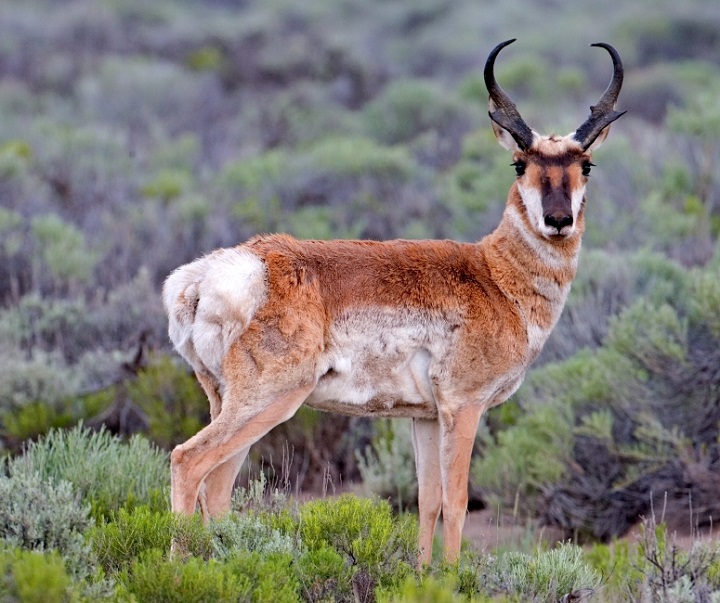
Whereas the cheetah is the fastest sprinter, the pronghorn, also known as the American antelope, is the fastest long-distance runner in the animal kingdom. As one of the fastest land animals in the world, it can maintain a speed of nearly 35 miles per hour over several miles and is even faster over shorter distances. During sprints to elude predators, pronghorns can hit top speeds of about 55 miles per hour thanks to unique cushions on their hooves and the ability to take in large quantities of oxygen as they run.
Wildebeest; 50 mph
Wildebeests are also known as gnus. A member of the antelope family, they sport large, curved horns. They also have distinctive large torsos and comparably thin hindquarters with less muscular rear legs. Wildebeests eat grasses and migrate up to 995 miles yearly in search of the best food and water sources. They spend about 40 of those miles running. It’s an easy exercise for one of the fastest animals in the world, isn’t it?
Lion; 50 mph
The king of the jungle is not the king of the fastest land animals in the world. Lions are the most social felines in the world. Their powerful forelegs contribute to their speed and, combined with their strong jaws and sharp claws, help these big cats take down their prey. With top speeds of about 50 mph, lions are well matched to the speed of the wildebeest, some of their most common prey. They also eat zebras and steal kills from other predators, like hyenas and leopards.
Yellowfin Tuna; 47 mph
The yellowfin tuna, with top speeds of 47 mph, is found in most of the world’s major oceans. Known more commonly as “ahi,” this tuna has been drastically overfished to keep up with the demands of the restaurant industry. Although the IUCN once classified it as a near-threatened species, it is now of least concern. Still, populations are declining because of overfishing. Yellowfin tuna are among the fastest sea animals in the world and make long migrations throughout the year in search of food and breeding areas.
Mako Shark; 45 mph
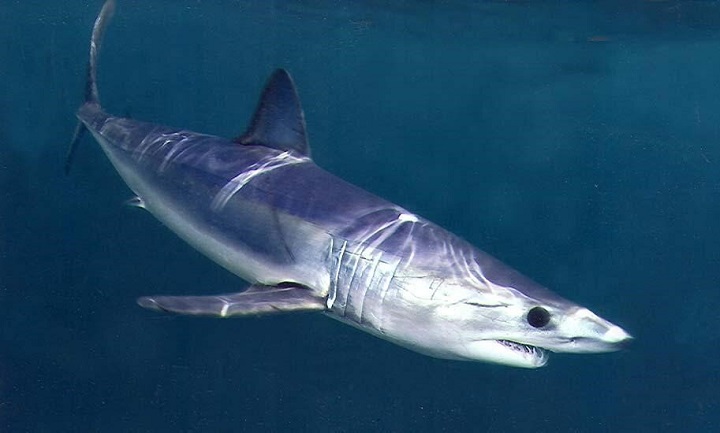
The endangered mako shark is another animal on the IUCN’s Red List.15 This type of shark can reach body lengths of 13 feet and as one of the world’s fastest animals has a top speed of 45 mph. The largest mako ever caught weighed over 1,000 pounds. These sharks are adept at swimming at great depths but prefer the warmer waters of moderate climates such as the tropics.
Ostrich; 45 mph
Ostriches are the heaviest living birds and use their wings to steer themselves while running at high speeds, similar to an airplane’s wings. These flightless birds are considered among the fastest animals in the world, can run up to five meters in one stride. They also lay the largest eggs of any bird species on Earth.
Nine species of ostrich have been identified, but seven of those are extinct. Only two species of ostrich remain the common ostrich and the Somali ostrich.
Quarterhorse; 44 mph
Quarter horses are known for their ability to sprint short distances. The name “quarter horse” comes from the quarter-mile races that this breed of the horse began to be trained for in Rhode Island and Virginia in the late 1600s. They soon came to be used more frequently by frontiersmen and cowboys in the developing West. They are known to be reliable, good-natured horses and are among the world’s fastest animals.
Hyena; 40 mph
Hyenas mean serious business when in pursuit of their dinner. They have been known to run as fast as 40 mph in a full sprint, hence are among the fastest land animals in the world. This speed also comes in handy when they need to run away from their main predators: lions and humans.
As pack animals, hyenas travel together in groups of up to 80 and are usually led by the females. They consume vast quantities of meat and often seek out everything from birds to wildebeests for food. In addition to their famous “laugh,” they are well-known for their scavenging abilities and preference for dining on carrion and dead carcasses that have already been scoured by other animals.
Leatherback Sea Turtle; 35 mph
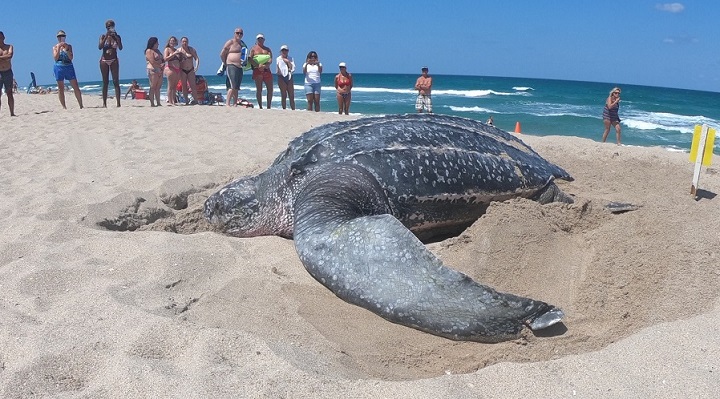
Leatherback sea turtles are the largest turtles in the world and are classified by the hard, leathery skin that spans their backs rather than the shells or scales other turtles possess. Leatherback sea turtles are also impressive divers, sporting a record diving depth of about 4,000 feet. They can stay underwater for up to 85 minutes, although their average underwater time is about 30 minutes.
Leatherback turtles are particularly vulnerable to ocean pollution. They often mistake plastic bags for jellyfish, their primary food source, and have been known to eat plastic. Yet when it comes to speed, they are sharp and categorized among the fastest sea animals in the world.
Wombat; 25 mph
There are three species of wombat—the southern, northern, and common wombat—all of which are native to Australia and among the fastest animals in the world. Though they spend most of their time grazing on grass and shrubs, if threatened, they will run away rather than fight. They can move up to 25 mph when fleeing danger. A group of wombats is called a wisdom; they typically live in small underground burrows.
Perentie; 25 mph
The perentie is the fourth-largest living lizard and the oldest living lizard species. They have forked tongues, like snakes, which they use to sniff out their prey. Also, like snakes, perenties hiss when threatened. Perenties are carnivores and are known to kill and eat some of the most venomous snakes in their native Australia. If you are making a list of the world’s fastest animals from lizard category, don’t forget this one.
Sidewinder Snake; 18 mph
If you were wondering what the fastest snake in the world might be, it’s the sidewinder snake, clocking in at a max speed of 18 mph. They move faster than any other snake because of their unique movement. They use their bodies to create ridges in the sand, and then their bodies push against them. This motion results in their incredible speed. The ability also lies in the sidewinder’s scales, which have a rough, sturdy texture. This adaptation helps the snake move through its desert habitat’s hot sand. No guide to the fastest animals in the world is complete on their absence.
Komodo Dragon; 12 mph
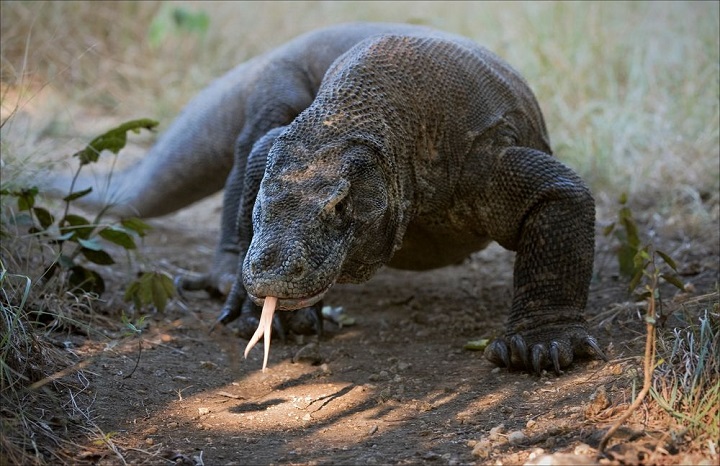
While many people mistakenly think of the Komodo dragon as a slow-moving, sluggish reptile, it can move up to 12 mph and is one of the fastest animals in the world. They aren’t known for covering large distances at that speed, however. Moreover, they are found only on a handful of islands in Indonesia and are considered the largest lizard on the planet. They thrive on a diet of meat from birds, snakes, and rodents but will also eat decaying flesh on carrion.